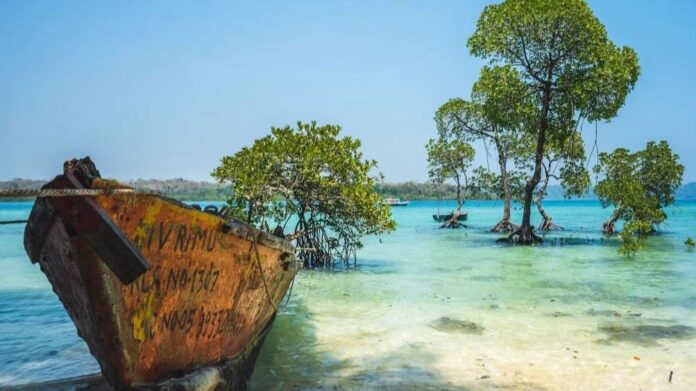A land of diversity. India has a rich cultural heritage of language, places, food, fashion and more. The stretch from North to South India, East to West India, all of these regions have something unique to offer.
However, it’s a piece of melancholic news for packbackers and avid travellers, as exploring and immersing in some of India’s best and historical spots is restricted because of security reasons, land disputes, protection of Indigenous people and more.
Bhabha Atomic Research Centre (BARC) in Mumbai
The Bhabha Atomic Research Centre (BARC) at Mumba’s Trombay is one of India’s forbidden places. The nuclear research center was founded by Homi Jehangir Bhabha Atomic Energy Establishment, Trombay (AEET) as a multidisciplinary research program essential for India’s nuclear program. There is no classified reason why visitors are not allowed to the site, however, it is a restricted area which only research students can visit, after several paper works.
North Sentinel Island in Andaman and Nicobar Islands
Home to the people of North Sentinel Island, the locals who are known as Sentinelese are protected under the Andaman and Nicobar Islands Protection of Aboriginal Tribes Act of 1956. Restrictions are off-limits to the public mainly because the Indigenous people of the North Sentinel Island have not been exposed to the outside world. And so, it is easier for people to be susceptible to all kinds of sickness and virus.
Pangong Tso Lake in Ladakh
All the while visitors can rejuvenate on the Indian side of the Pangong Tso Lake in Ladakh, some portions that fall under the China territory are prohibited.


